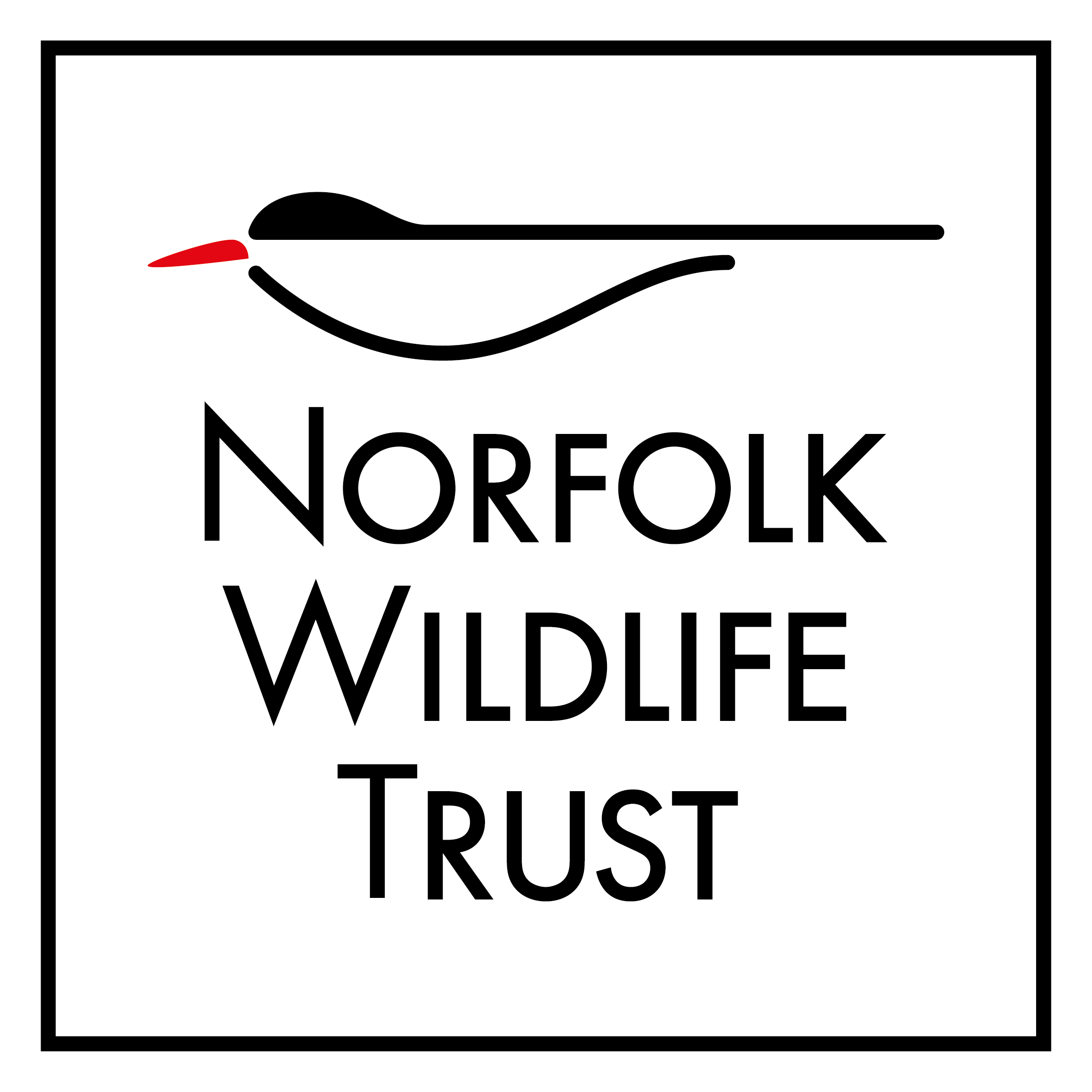Search
Search
Wet woodland
Wet woodlands in the UK can be wild, secretive places. Tangles of trailing creepers, tussocky sedges and lush tall-herbs conceal swampy pools and partially submerged fallen willow trunks, likely…
Norfolk's wildlife in November
What is a 'rare' bird? Our Reserves Officer reflects on some exciting Norfolk visitors, and gives his top tip for the month ahead.
November on our reserves
Our Conservation Officer Robert Morgan shares this season’s top sights, from wild geese over the marshes to Northern Lights in the skies!
Sign up for nature news
Blog
No matter what your interest, whether it be farming, gardening or marine life, we have a blog for you! All our blogs are written by people with a passion for nature.
Valentines Day membership
World Swallowtail Day 2023
Oscar takes a trip to Hickling to celebrate World Swallowtail Day.
New report highlights need for urgent action to save Norfolk's nature
Today, alongside leading wildlife organisations, we are publishing a landmark State of Nature 2023 report. It shows that nature is continuing to decline at an alarming rate across the UK, which is…
My spa day
For Lucy, the wind and salty spray of the Atlantic Ocean is more relaxing than any spa treatment and being surrounded by amazing wildlife, like Common Dolphins, Minke Whales and Harbour Porpoise…
Schools and groups e-newsletter
International Women’s Day 2025
What’s it like to be a woman working in conservation? How do you get started in a career protecting wildlife and wild places? We asked four of our inspirational colleagues to share their journeys…
